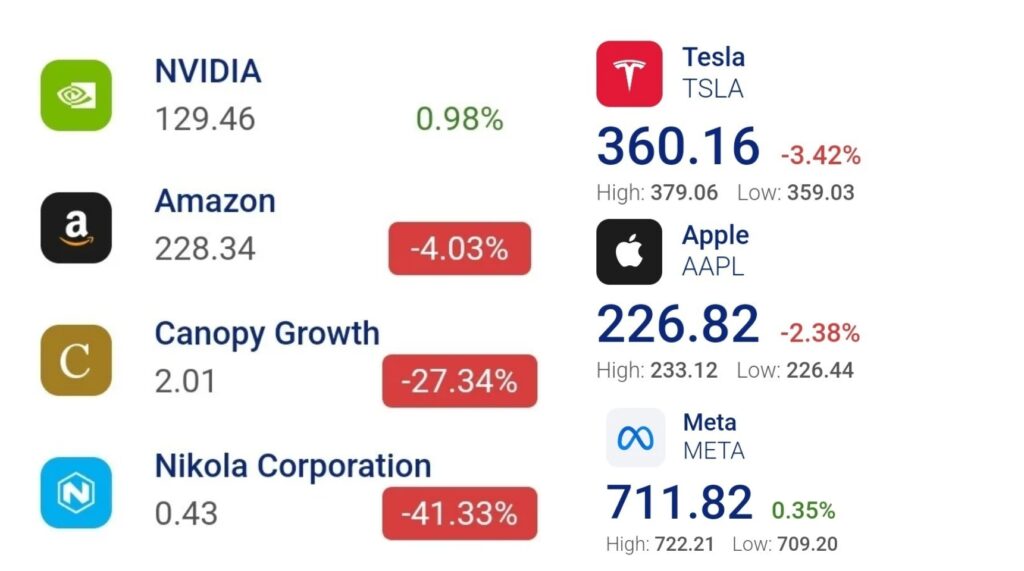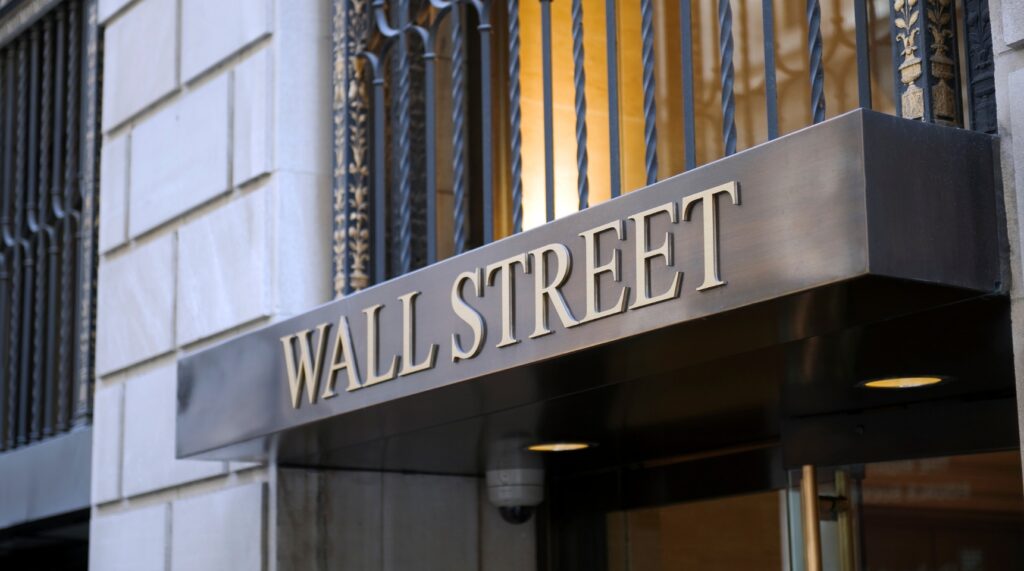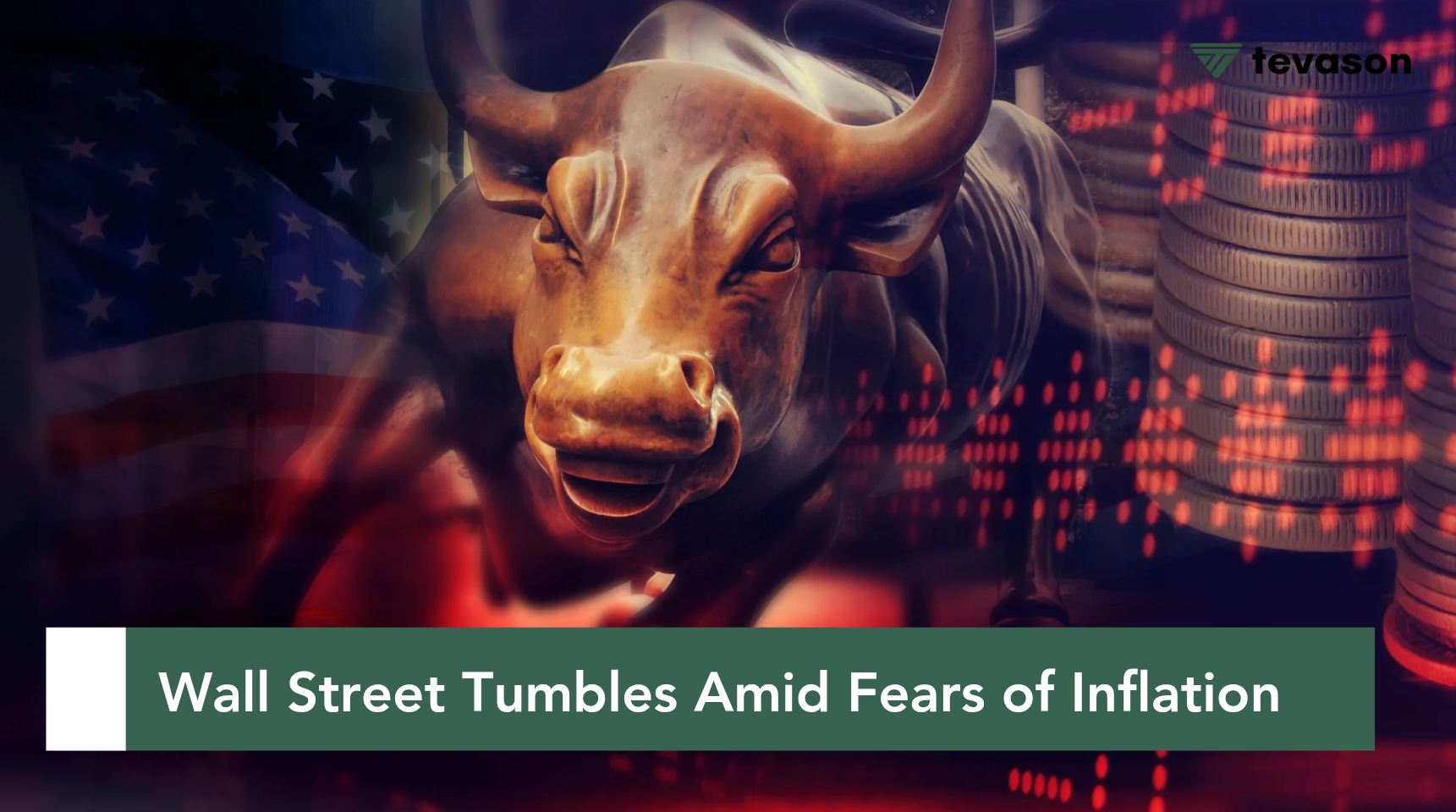U.S. stocks declined on Friday 7th February, as concerns over tariffs and inflation resurfaced on Wall Street.
The S&P 500 dropped 0.9%, wiping out its modest weekly gains. While it marks one of the steeper declines for the index this year, it remains close to its record high set two weeks ago.

The Dow Jones Industrial Average fell by 444 points, or 1%, while the Nasdaq Composite led the market downturn with a 1.4% loss, driven by a sharp decline in Amazon’s stock following its latest earnings report.
Treasury yields rose in the bond market on Friday following a discouraging report indicating a sudden decline in consumer sentiment. According to a preliminary survey from the University of Michigan, U.S. consumers now expect inflation to reach 4.3% in the coming year—the highest forecast since 2023.
This projection is a full percentage point higher than last month’s expectations and marks the second consecutive significant increase. Economists have pointed to the potential impact of proposed U.S. tariffs on a broad range of imported goods, a policy championed by President Donald Trump, which could ultimately drive up prices for American consumers.
Trump said at a White House press conference Friday that he’s likely to have an announcement on Monday 10th or Tuesday 11th February, on
“reciprocal tariffs, where a country pays so much or charges us so much, and we do the same.”
A mixed U.S. jobs report followed the consumer sentiment data, revealing that hiring slowed to less than half of December’s pace. However, the report also contained positive signs for workers, including a lower unemployment rate and stronger-than-expected wage growth.

Taken together, these factors could prompt the Federal Reserve to maintain its current stance on interest rates. While the Fed began cutting rates in September to ease economic pressures, it signaled late last year that it may implement fewer cuts in 2025 than initially expected due to persistent inflation concerns.
Scott Wren, a senior strategist at Wells Fargo, expects the Fed to cut rates just once in 2025, a more cautious outlook than many traders, who see a 45% chance of at least two cuts. Some even bet on no cuts.
Market volatility may persist due to uncertainty over interest rates, Trump’s tariffs, and global risks. While fears of a trade war eased slightly after Trump delayed tariffs on Mexico and Canada, investor concerns remain.
U.S. corporate earnings reports continue to impact stocks. Despite exceeding earnings expectations, Amazon’s stock fell 4.1% as its revenue forecast disappointed investors.
Economists worry that high inflation expectations could drive consumers to spend early, fueling inflation further and potentially keeping interest rates higher.
Overseas, European stock markets declined after mixed performances in Asia.

Leave a Reply